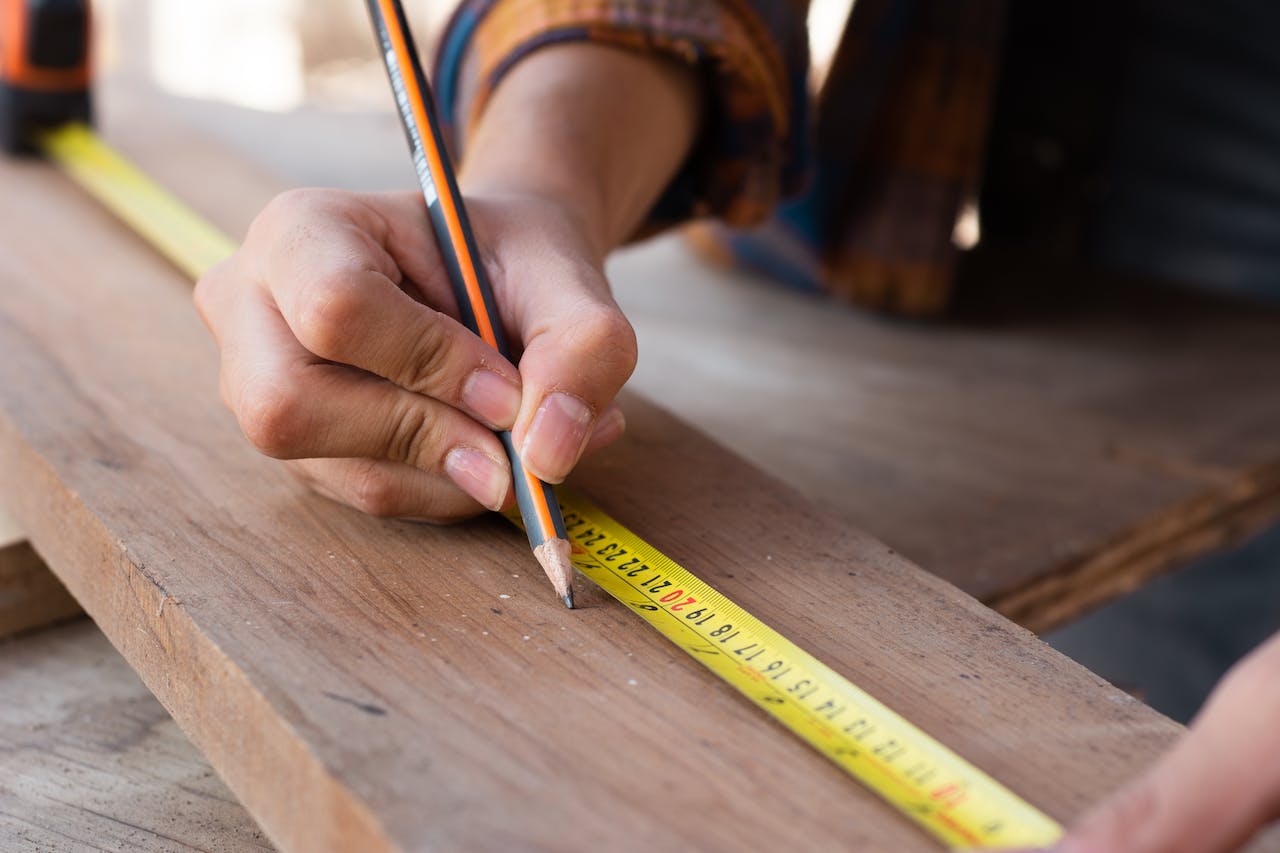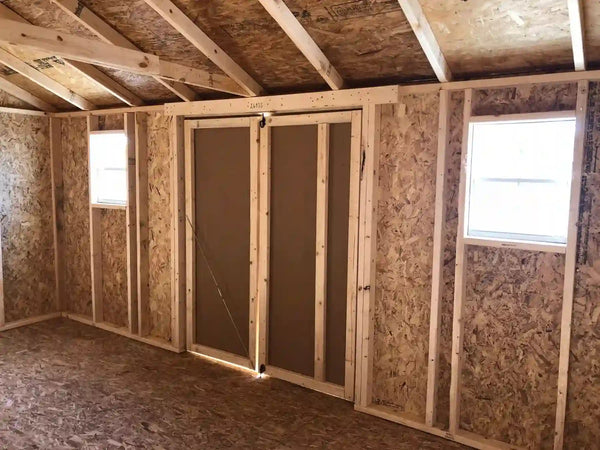1-800-540-9051
Info@HomesteadSupplier.com
Mon-Fri 7am-3pm Pacific Time
1-800-540-9051
Info@HomesteadSupplier.com
Mon-Fri 7am-3pm Pacific Time

We understand the importance of a well-protected shed, and mastering how to felt a shed roof is a crucial skill for any shed owner. This article dives into the essentials, offering a comprehensive guide that covers everything from selecting the right materials to the final touches of installation.
With years of experience in the field, we've refined these steps to ensure your shed roof is not only functional but also durable against the elements.
Whether you're looking to refurbish an old shed or start from scratch, our expert advice will equip you with the knowledge needed to complete the job with confidence.
What this article covers:Before we embark on our roofing adventure, let's gear up. You'll need:
Whether you're installing shingles on a shed or learning how to install rolled roofing on a shed, the first step in felting your shed roof is to accurately measure the area you'll be covering.
Use a tape measure to determine the length and width of each roof panel. It's essential to add 2-3 inches on each side of the measurements to account for the minimum shed roof overhang.
In our experience, this overhang is crucial for ensuring water does not seep into the shed. After putting it to the test in various weather conditions, we've found that this extra allowance significantly enhances the roof's water resistance.
If your shed roof is already covered with an old layer of felt, you'll need to remove it before proceeding. Arm yourself with a sturdy utility knife and a reliable hammer. Start by slicing into the old felt and peel it away from the wood.
This process might reveal hidden issues such as wood rot or structural damage, so pay close attention. Removing the old layer also ensures a smoother surface for the new felt, leading to a more effective installation.
Unroll the first piece of roofing felt on a flat surface before taking it to the roof. This pre-unrolling helps eliminate any creases or folds that might have formed while the felt was stored. Carefully position the felt on the roof, allowing for the necessary overhang on all sides.
Begin at the lower edge of the roof and use galvanized clout nails to secure the felt, spacing them about 10 inches apart. It's crucial to pull the felt taut as you nail it down to avoid any wrinkles or air pockets that could compromise the roof's integrity.
Start the second layer by overlapping the first by at least 3 inches. This overlap is a critical step to ensure that water sheds effectively off the roof without getting under the felt.

As you lay each new strip, check that the felt is smooth and free from bubbles or wrinkles. When you reach the roof's peak, ensure the felt extends over the top and down the other side, creating a seamless barrier against moisture.
The final step involves folding the overhanging felt under the roof's edges and securing it with nails. This not only improves the roof's appearance but also adds an extra layer of protection against wind uplift and water ingress.
Pay particular attention to the corners and edges, as these are often the most vulnerable points. After putting it to the test, we've found that a well-secured edge can significantly extend the life of your shed roof.
While it's technically possible to lay new felt over old felt on your shed roof, we advise against it. The reason is simple: old felt can conceal a multitude of issues, from minor wood rot to significant structural damage that could compromise the integrity of your shed.
By removing the old felt, you get the opportunity to inspect the roof deck thoroughly and address any issues before they escalate.
Moreover, starting with a clean slate ensures that the new felt adheres properly and performs optimally, ultimately extending the lifespan of your roof and providing better protection for your shed.
Determining the right amount of felt for your shed roof is crucial for a successful installation. Our tried-and-true method involves measuring the roof area meticulously and then adding 10% to accommodate overlaps at the edges and the ridge.

This extra allowance ensures that water cannot seep through the joints, keeping your shed dry and protected. Felt rolls typically come in standard sizes, and while it might be tempting to purchase just enough to cover your calculated area, we recommend erring on the side of caution.
Purchasing slightly more felt than your calculations suggest safeguards against unexpected shortages or mistakes during the installation process. After all, having a little felt left over is far preferable to finding yourself short mid-project.
Mastering how to felt a shed roof is an invaluable skill that not only enhances the longevity of your shed but also ensures the safety and dryness of its contents.
From accurately measuring your roof to ensure you have enough materials to the careful removal of old felt, each step is crucial in building a robust defense against the elements.
Laying each layer with precision and securing the edges meticulously are the final touches that encapsulate the quality of your work. Remember, a well-felted roof is more than just a cover; it's a commitment to protecting your outdoor haven.
For all your shed roofing needs, consider Homestead Supplier as your go-to source for high-quality shed kits. Make your next project a success by choosing us.
If you want to learn more, why not check out these articles below:
Compare products
{"one"=>"Select 2 or 3 items to compare", "other"=>"{{ count }} of 3 items selected"}
Leave a comment